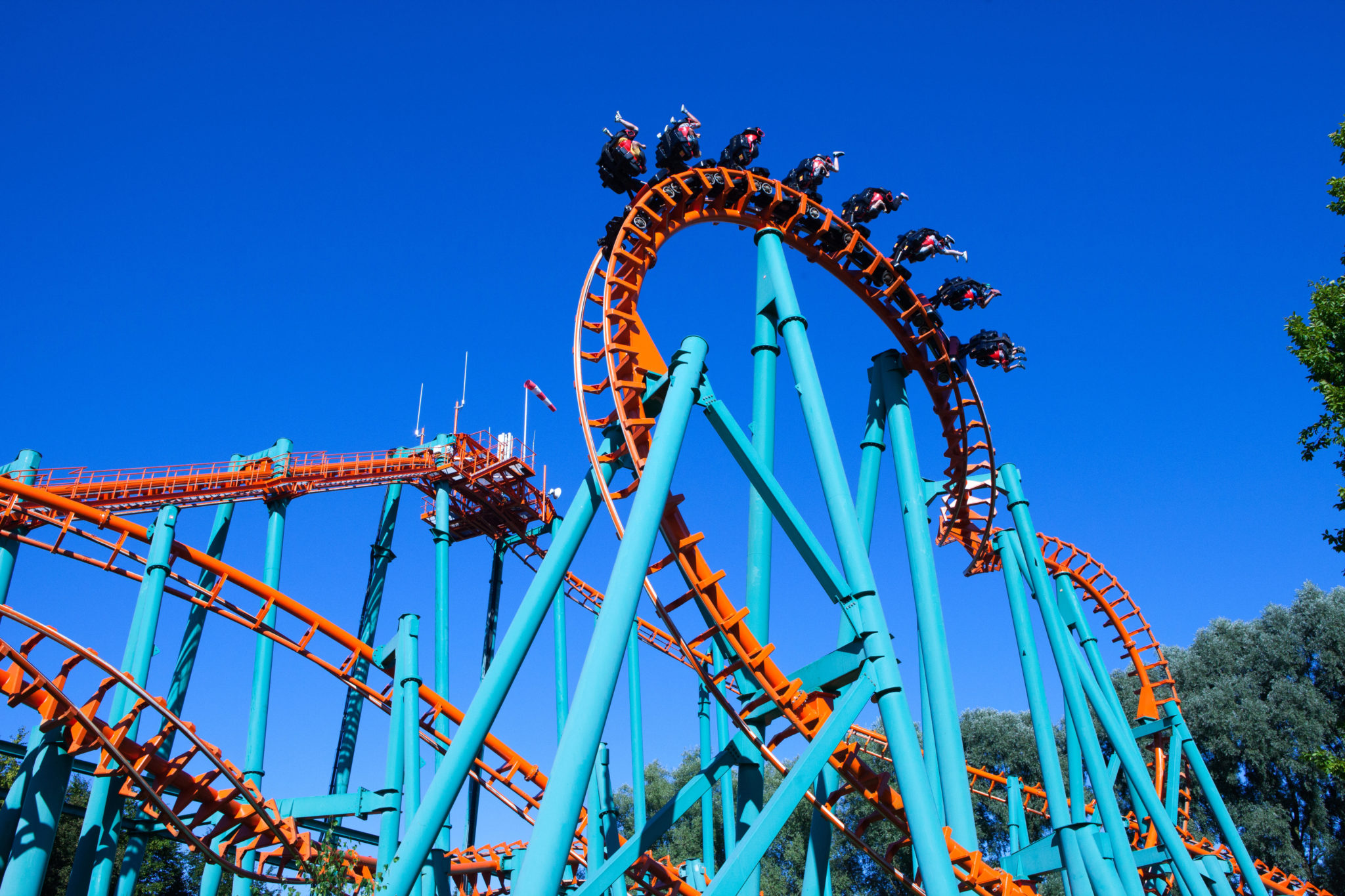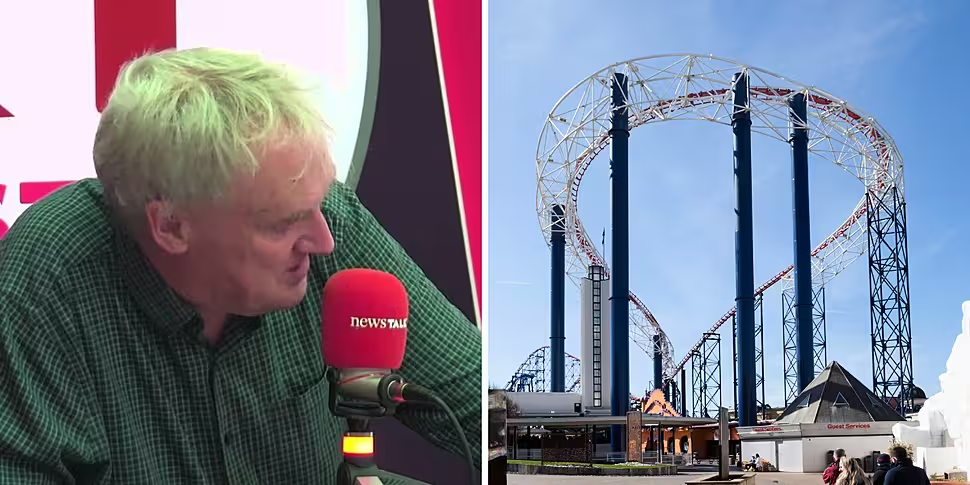All rollercoasters could have a built-in Virtual Reality (VR) option in the future, according to Trinity Professor Luke O’Neill.
On this week’s Show Me the Science, listeners wanted to know more about the science behind rollercoasters.
Prof O’Neill explained among the new innovations in the rollercoaster world today, VR is a particular favourite.
“Inevitably, we're going to be living in a virtual world eventually,” he said.
“But there are [rollercoasters] being built [where] you stick on a VR headset and you think you're going through a jungle.
“In other words, you're moving through some very interesting landscapes, or you might be splashing into the sea – all virtual.
“The thrill of the virtual world is being brought to bear as you do a rollercoaster ride.”
He said it’s been predicted that “eventually all roller coasters will have a VR headset”.
“The thrill [of a rollercoaster ride] is even bigger if you're rattling through an underground cavern and then coming up for air and on through water and various things that these VR headsets configure,” he said.
“Of course, the purists will go, 'I want the old-fashioned one, outdoors on a regular option'.
“There may be more options and more money to wear a VR headset.
“Rollercoasters might get even more exciting and even more of a thrill - your body will be subjected to all these pressures, all these forces, all this excitement, your stomach lurching, and you release this sort of awful tension, and you've been through a risky situation, and you feel great.”
Science of rollercoasters
Prof O’Neill explained the thrill of a rollercoaster is often “recommended” for health reasons.
“Some of those early thrill engineers that were designing them, they would talk about ‘jounce and jerk’,” he said.
“Jounce like a jump and a bounce, jerking when it moves suddenly.
“They would build that into it to increase the thrill rate... the sensations for our body, the thrill.”
 Orange rollercoaster with blue sky in the background. Image: StockStudio / Alamy Stock Photo
Orange rollercoaster with blue sky in the background. Image: StockStudio / Alamy Stock PhotoEarly rollercoaster engineers also considered the ‘fear factor’ of the ride.
“The thrill you feel, this increase in heart rate and blood pressure, is a big part of the whole thing,” Prof O’Neill said.
“Taking a risk is good for us - it looks as if we evolved, some of us, to take risks.
“If we as a species weren't risk takers, we'd still be stuck on the plains of Africa.
“We seem to have something built into us Homo sapiens that we're happy to take risks and when we take a risk, we feel the reward.”
Listen to more about the science of rollercoasters here:









